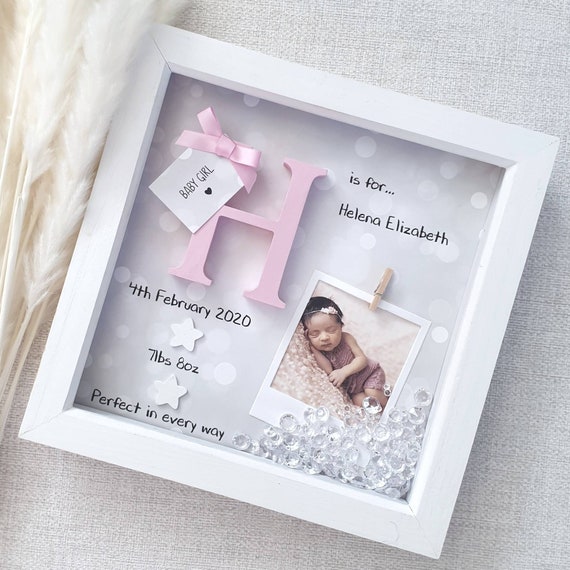Eight Causes Personalised Gifts Uk Is A Waste Of Time
페이지 정보

조회 4회 작성일 24-06-19 00:53
본문
In medieval Europe, garden design underwent a transformation with the influence of Christian monasticism and Islamic garden traditions. Monastic gardens were designed to provide sustenance, solace, and meditation for monks, with simple layouts and utilitarian plants. Islamic gardens, on the other hand, were designed as havens of tranquility and beauty, with lavish water features, lush vegetation, and ornate tile work.
Garden design has been an integral part of human culture for centuries, reflecting the values, aesthetics, and aspirations of different societies. The history of garden design is a fascinating journey through time, showcasing the evolution of styles, techniques, and trends. From the formal gardens of ancient civilizations to the picturesque landscapes of the Romantic era, the art of garden design has continually evolved to suit the needs and tastes of each era.
One of the most famous proponents of the Romantic style of garden design was Capability Brown, who is often referred to as the "father of English landscaping." Brown was responsible for designing many of England’s most famous landscapes, including Blenheim Palace, Chatsworth House, and Stowe House. His designs were characterized by their naturalistic planting schemes, rolling lawns, and meandering lakes, which were intended to create the illusion of an untouched, wild landscape.
To ensure your houseplants thrive and remain healthy, it's important to provide them with the right conditions and care. This includes watering them regularly, but not overwatering, as this can lead to root rot and other issues. It's also important to provide your plants with the right amount of sunlight, humidity and temperature, as well as regular feeding with a balanced plant food to promote growth and flowering. Regularly inspect your plants for any signs of pests or disease, and take appropriate action to treat and prevent any issues that arise.
2. Stress reduction: Studies have shown that interacting with plants can help reduce stress and anxiety levels. Simply caring for and admiring your houseplants can have a calming effect on the mind and body.
When it comes to choosing the right houseplants for your home, there are a few factors to consider. Firstly, think about the amount of natural light available in each room, as this will determine which plants will thrive in your space. Some plants, such as spider plants and peace lilies, prefer bright, indirect light, while others, like snake plants and ZZ plants, can tolerate lower light conditions. It's also important to consider the humidity levels in your home, as some plants, such as ferns and orchids, thrive in more humid environments.
5. Repotting: As your houseplants grow, they may outgrow their pots and need to be repotted. Look for signs like roots coming out of the drainage holes or the plant becoming root-bound. When repotting, choose a slightly larger pot with good drainage and fresh potting soil.
Contemporary garden design often combines elements of art, architecture, horticulture, and ecology, in a seamless integration of form and function. Designers work with a diverse palette of materials, plants, and techniques, to create gardens that are both aesthetically pleasing and ecologically responsible. Water conservation, native plantings, wildlife habitats, and organic gardening are just a few of the key considerations in contemporary garden design.
It's also important to consider the size of the plant and how much space you have available. Some tropical houseplants can grow very large over time, so make sure to choose a plant that will fit comfortably in your home.
5. Pothos: Pothos, also known as devil's ivy, is a trailing vine with heart-shaped leaves that come in a range of colours, from green to variegated. It does well in low light conditions and only requires occasional watering.
The Renaissance period saw a revival of classical garden design principles, inspired by the writings of Roman authors such as Vitruvius and Pliny. Italian Renaissance gardens, such as those at Villa d'Este and Villa Lante, featured formal layouts, axial symmetry, terraced levels, and elaborate water features. These gardens were designed to impress and delight visitors, showcasing the wealth and culture of their owners.
 Garden design has long been an integral part of British culture, with a rich history that dates back centuries. From the formal gardens of the Tudor era to the picturesque landscapes of the Romantic period, the evolution of garden design in the UK has been shaped by a myriad of influences, including changing tastes, advances in technology, personalised Baby gifts and the natural environment itself.
Garden design has long been an integral part of British culture, with a rich history that dates back centuries. From the formal gardens of the Tudor era to the picturesque landscapes of the Romantic period, the evolution of garden design in the UK has been shaped by a myriad of influences, including changing tastes, advances in technology, personalised Baby gifts and the natural environment itself.
The role of the garden designer has also evolved in response to changing social, cultural, and environmental trends. Designers must now be knowledgeable about a wide range of disciplines, from horticulture to ecology, architecture to engineering, to create gardens that are both beautiful and sustainable. Collaborations with architects, artists, scientists, and community stakeholders are also common in contemporary garden design, as designers seek to create spaces that are integrated into their surroundings and serve multiple functions.
- 이전글Eight Romantic Sex In My Local Area Ideas 24.06.19
- 다음글Warning: These 5 Mistakes Will Destroy Your Free Poker 24.06.19

